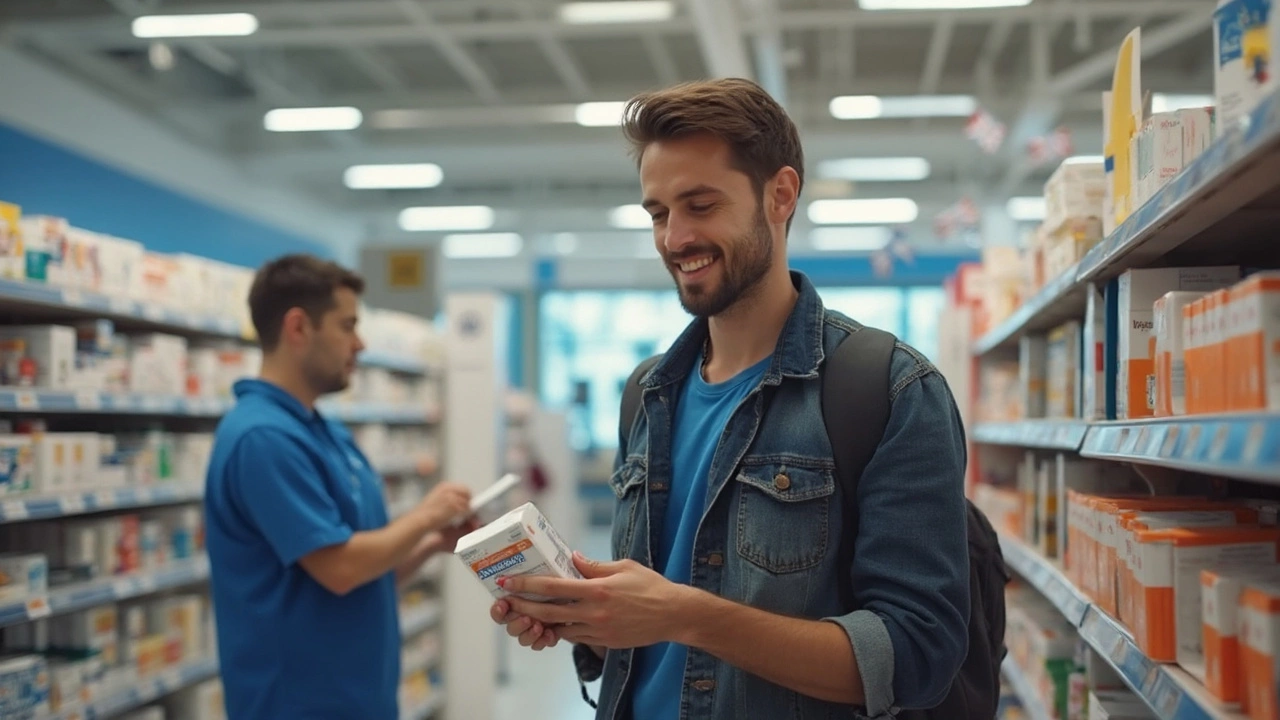Pharmacy Prices: How to Get the Best Deals on Medicines
Ever open a prescription bag and wonder why one pharmacy charges more than another? You’re not alone. Pharmacy prices can feel random, but they’re actually driven by a handful of simple factors. Knowing those factors helps you spot the cheapest option and keep more money in your pocket.
Why Pharmacy Prices Vary
First off, not all pharmacies buy drugs at the same cost. Large chain stores often negotiate bulk discounts with suppliers, while independent shops might have higher purchase prices. That difference shows up in the retail price you pay.
Second, location matters. Pharmacies in city centres face higher rent and staffing costs, so they pass those expenses to you. A suburban pharmacy with lower overhead can usually offer better rates.
Third, each pharmacy decides how much margin to add. Some aim for quick turnover and set low prices to attract customers. Others focus on personalized service and charge a bit more. This is why checking a few nearby locations can reveal big savings.
Practical Ways to Cut Prescription Costs
1. Use price comparison websites. Sites like pharmacycosts.co.uk let you enter the drug name and dosage, then show a list of local and online pharmacies with their current prices. It’s a fast way to spot the cheapest offer.
2. Ask your GP for a generic alternative. Generic drugs contain the same active ingredient as brand‑name meds but cost far less. Most doctors are happy to switch if a cheaper version exists.
3. Check for pharmacy discount cards. Many chains offer loyalty programs that give you a fixed percentage off every prescription or a free medication after a set number of purchases.
4. Consider NHS repeat prescription services. If you need a medication long‑term, signing up for repeat prescribing can shave off a few pounds each month because the NHS processes the order in bulk.
5. Look for online pharmacy deals. Online stores often have lower operating costs and can pass the savings on. Just make sure the pharmacy is registered with the General Pharmaceutical Council (GPhC) before you order.
6. Talk to your pharmacist. Pharmacists know when a drug is about to go generic or if a cheaper brand is available. A quick chat can uncover hidden savings.
7. Plan ahead. If you know you’ll need a medication for several months, ordering a larger supply at once often reduces the per‑tablet cost.
8. Take advantage of free NHS prescription vouchers. Certain groups—like over‑70s and low‑income households—qualify for free prescriptions. Check your eligibility and apply online.
Remember, the cheapest price isn’t always the best choice. Make sure the pharmacy you pick is reputable, follows proper storage guidelines, and offers clear guidance on dosage. A slightly higher price for a trustworthy service can be worth it.
By using these tips, you’ll turn pharmacy price hunting into a routine habit rather than a chore. The next time you get a prescription, you’ll know exactly where to look for the best deal, how to ask the right questions, and how to keep your medication budget under control.
How Much Is Amoxicillin at Walmart? Price, Access, and Online Doctor Advice
Wondering about the price of amoxicillin at Walmart? This article explains how much you'll pay, what affects the cost, and whether you need a prescription. Plus, get tips on getting amoxicillin safely using online doctor consultations and how to save money on your prescription. The info here will help you make smart, safe choices if you ever need this common antibiotic.

